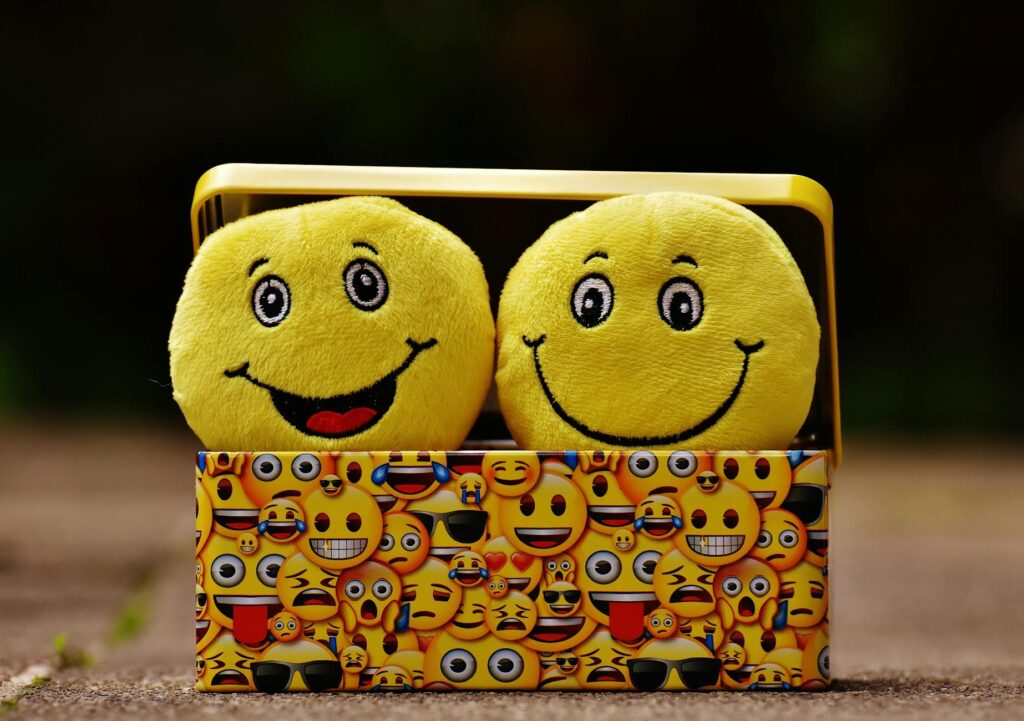The Pursuit of Happiness: What Science and Culture Reveal

Happiness is often considered the ultimate goal of human life, yet it remains one of the most complex and misunderstood emotions. Is it a fleeting moment of joy, a long-term state of satisfaction, or something else entirely? Across cultures, centuries, and scientific disciplines, people have tried to define, measure, and increase happiness—with mixed results. So what do we really know about what makes people happy?
Defining an Abstract Emotion
Unlike concrete emotions such as anger or fear, happiness is deeply abstract. It includes a range of emotional states—from short bursts of euphoria to a sustained sense of contentment or fulfillment. Psychologists often distinguish between two types: hedonic happiness, which is based on pleasure and immediate gratification, and eudaimonic happiness, which stems from meaning, purpose, and personal growth.
For example, eating your favorite dessert might give you a brief thrill, but helping someone in need or achieving a personal goal often results in a longer-lasting sense of well-being. Neuroscientific studies have found that these types of happiness even activate different regions of the brain.
Money, Meaning, and the Mind
One of the most well-known studies on happiness, conducted by researchers at Princeton University, revealed that after a certain point, more money does not lead to more happiness. In the United States, that threshold was estimated at around $75,000 per year. Beyond that, additional income had little effect on daily emotional well-being. This supports the idea that while financial security is essential for reducing stress and fulfilling basic needs, it doesn’t necessarily contribute to long-term satisfaction.
Instead, psychologists suggest that meaningful relationships, a sense of purpose, and practicing gratitude are far more influential. People who consistently express thankfulness, engage in volunteer work, or spend time with loved ones tend to report higher levels of happiness, regardless of income.
Culture and the Concept of Happiness
Interestingly, the way happiness is viewed and valued differs significantly around the world. In Western cultures, happiness is often associated with personal achievement, freedom, and self-expression. “Feeling good” is prioritized, and people are encouraged to chase their dreams and seek individual success.
In contrast, many Eastern cultures place more emphasis on harmony, family, and social responsibility. Happiness is considered a collective experience, and personal joy may even be seen as secondary to the well-being of the group. This cultural contrast can influence not only how people pursue happiness but also how they report it in surveys or studies.
Habits That Help
Despite these differences, there are universal habits that appear to enhance happiness across all populations. These include:
- Keeping a gratitude journal
- Spending time in nature
- Practicing mindfulness or meditation
- Helping others or contributing to the community
- Engaging in creative or challenging activities
These behaviors activate areas of the brain related to connection, reward, and emotional regulation. Over time, they can reshape the way we think and feel—boosting resilience and overall mental well-being.
Conclusion: A Personal Formula
Ultimately, happiness may not be a single destination but a constantly evolving combination of factors. It’s personal, cultural, emotional, and even neurological. While we can’t control everything that influences our mood, we can develop habits, build relationships, and shape our mindset in ways that make happiness more likely.
The science is clear: happiness isn’t just a feeling—it’s a skill that can be practiced, understood, and shared.
Comprehension & Discussion Questions
- What is the difference between hedonic and eudaimonic happiness?
- According to the article, why does money have a limited impact on long-term happiness?
- How do cultural values shape the way happiness is defined and pursued?
- List three habits mentioned in the article that may help improve happiness.
- Which type of happiness do you value more—pleasure-based or purpose-based? Why?
- Do you think happiness can or should be measured? How would you do it?
